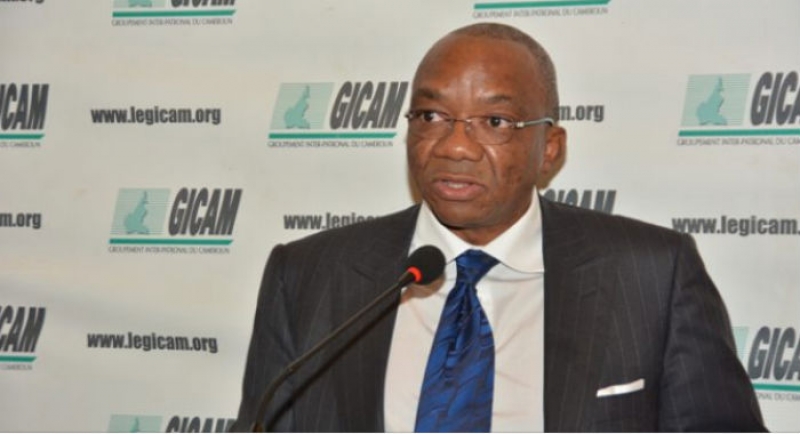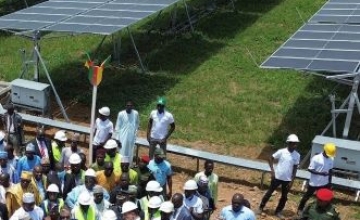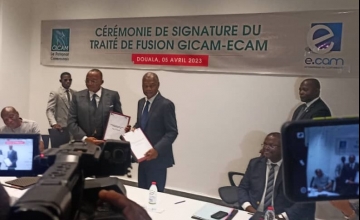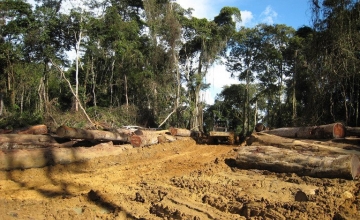
He said in order to talk about an industrialized Cameroon, there was a need for energy sector to be revamped. “ There’s no way we can talk of emergence of a country if its energy sector is weak”, said Celestine Tawamba.
Mr. Tawamba made this statement during a meeting to plan for the second phase of Vision 2035 participatory consultations, with the business community in Douala on Monday, July 29.
Chaired by the Minister of Economy, Planning and Regional Development, Alamine Ousmane Mey, the objective of the meeting is to ensure the participation of the economic sector and to put in place a development post for Strategic Document for Growth and Employment ( DSCE), taking into consideration their aspirations and perspectives of future decisions taken by the State.
Celestine Tawamba was concerned about the first phase of DSCE, which to him, has yielded little due to some hitches. He regretted that the objective of the strategy was to fight poverty and unemployment, which after 10 years, remains a problem. He expressed hopes that the participatory workshop should be an opportunity for stakeholders to better understand the concept of emergence and what it entails to be an emergent nation.
“ An emerging country has indicators which are well- known. A country with a number of infrastructures, small and medium-sized enterprises…..When are we going to have energy? And how much will it cost us”….We can’t talk of industrialising the country, when our energy sector is weak”, he insisted.
He suggested that government should identify production potentials of each region and invest in it. He further said there was no need to try to satisfy everybody because it would only yield little.
“We can’t do everything, we want a visibility for potentials of each region”.
However, Minister Alamine Ousmane remained hopeful towards a second phase that kicks off in January 2020, and believes that it will right the wrongs of the first phase which was below target.
“ This is actually an opportunity to assess what we have been doing in the past and we are proud to say despite the difficult economy, Cameroon has been able to reach the average 4.6% growth rate. This is certainly below our target but the current situation and the crisis we have been through for three years, we have been able to get this achievement.”, he said.
Cameroon adopted in 2009 a vision of long-term development, the DSCE. Phase 1 of this document runs from 2010 to December 2019. During this period, Cameroon expected to see its growth accelerate. It was not the case, due some constraints and security threats.
From 2020 to 2027, Cameroon is aiming to become a middle-income country by focusing on agriculture and mining, while ensuring a less unequal distribution of income. During phase 3 (2028-2035), the country must become an industrialized one.














